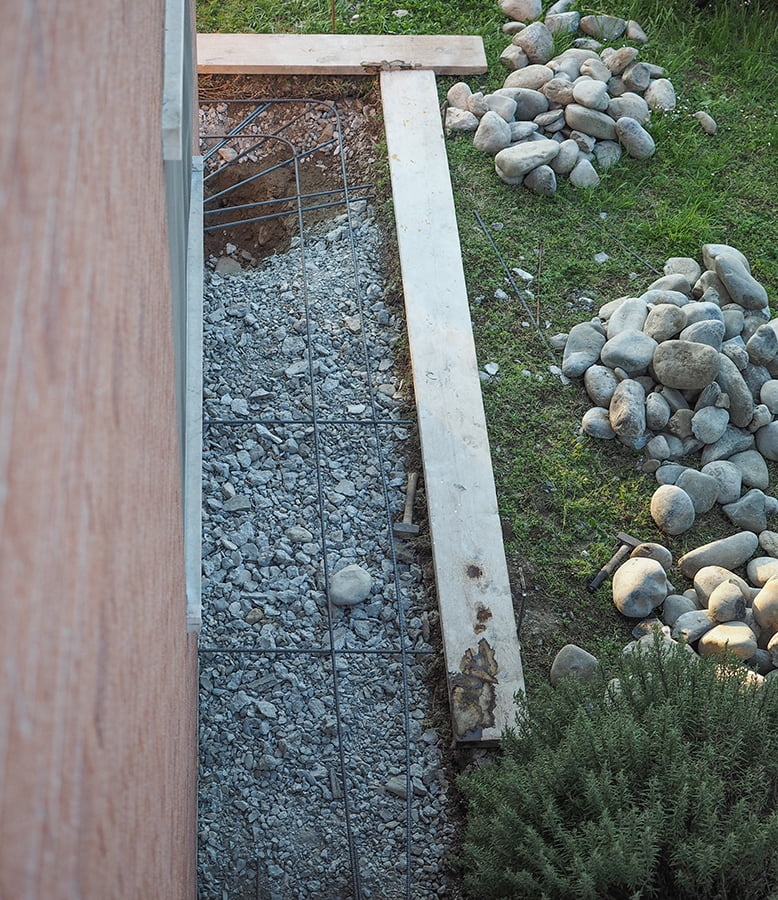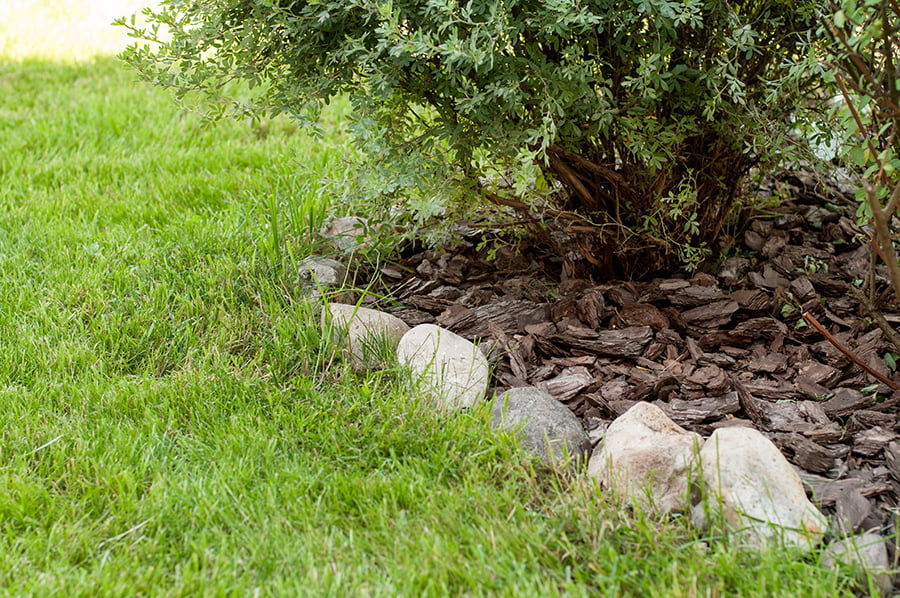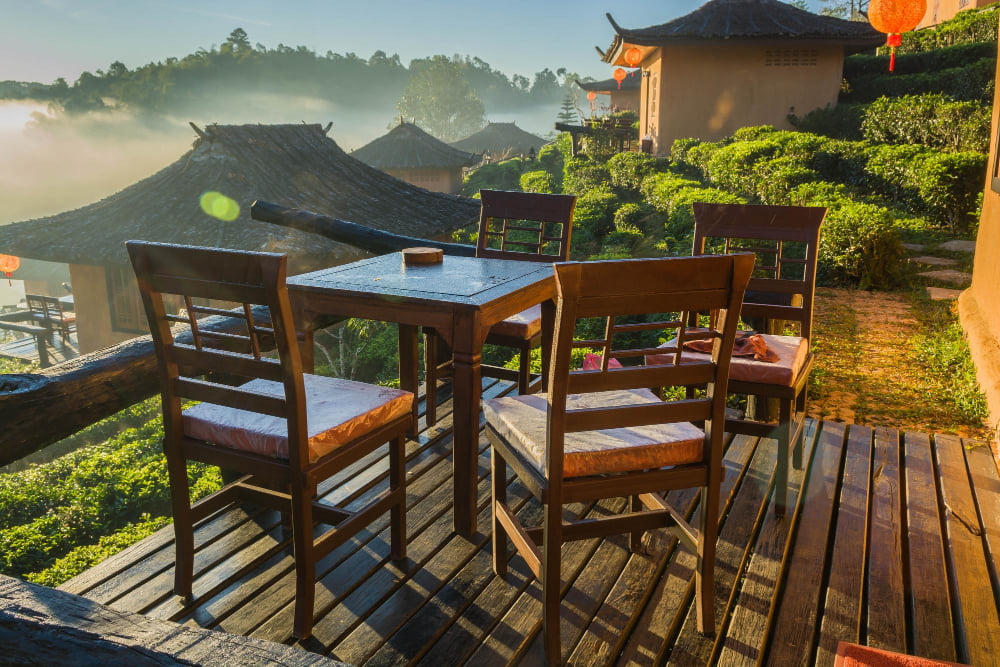Landscaping can be used to solve drainage issues in your yard by creating swales, installing French drains, or planting rain gardens.
Drainage issues in your yard can be a major headache, but landscaping can be an effective way to solve the problem. In this blog, we’ll explore how you can use landscaping techniques to address drainage issues and create a healthier and more attractive outdoor space.
We’ll discuss everything from grading strategies to soil amendments, so you can make sure your yard is properly draining and looking its best.
Install a French Drain
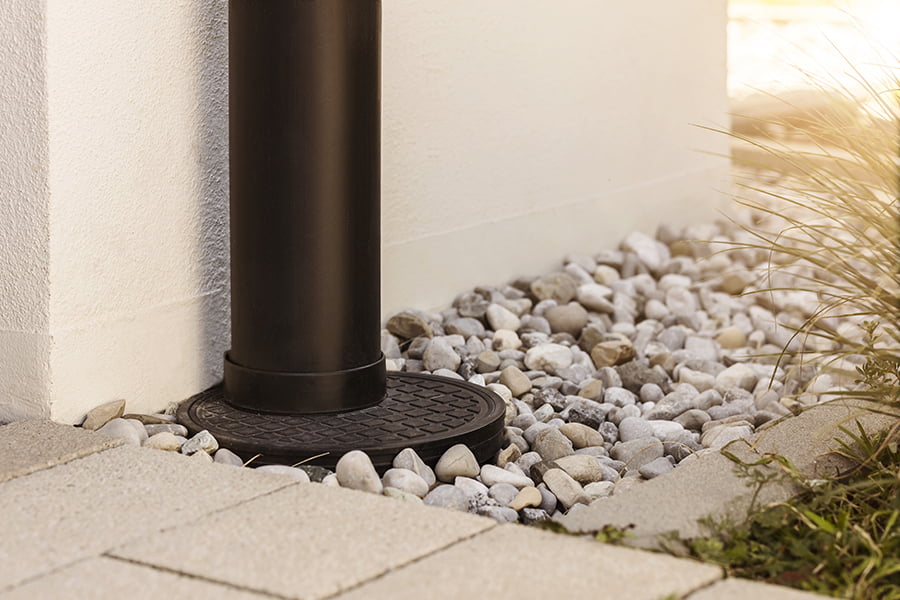
It is a trench filled with gravel and pipe that redirects water away from an area, such as a house foundation or low-lying areas of the yard. The pipe allows water to flow freely through it, while the gravel provides support for the pipe and helps filter out debris.
Installing a French drain can help prevent flooding and soil erosion in your yard by diverting excess water away from problem areas. To install one, you will need to dig a trench around the affected area, line it with landscape fabric, fill it with gravel and then place the perforated pipe on top of the gravel before covering everything back up again.
Create a Swale

It involves creating a shallow, wide ditch that runs along the contours of the land. The swale helps direct water away from areas where it can cause damage or pooling, such as near foundations or low-lying areas.
Swales are typically filled with gravel and lined with vegetation, such as grasses and shrubs, which help absorb excess moisture and slow down runoff. This helps prevent erosion and flooding while also providing an attractive landscape feature.
Use Permeable Pavers

They are made from materials such as concrete, brick, or stone and have small gaps between them that allow water to pass through. This helps reduce the amount of runoff and prevents flooding by allowing water to slowly seep into the ground instead of running off into other areas.
Permeable pavers help filter pollutants out of the water before it enters the soil, making it safer for plants and animals. Installing permeable pavers is relatively easy and can be done with minimal disruption to existing landscaping features.
Plant Native Vegetation
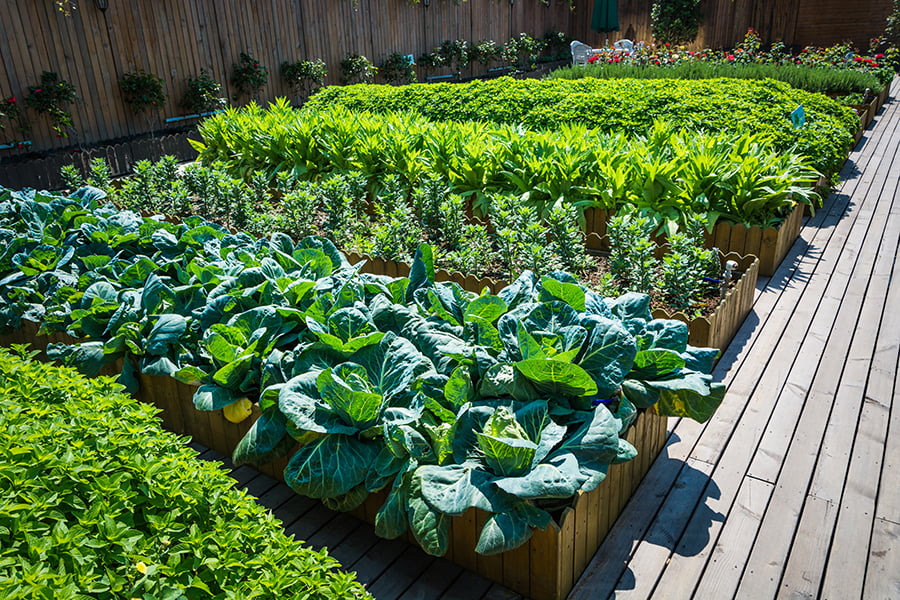
Native plants are adapted to the local climate and soil conditions, so they require less maintenance than non-native species. Native plants have deep root systems that help absorb excess water and prevent runoff from entering nearby waterways.
Planting a variety of native shrubs, trees, grasses, and flowers can create a lush landscape that helps manage drainage problems while also providing habitat for wildlife. When selecting plants for your yard, consider their size at maturity as well as their water needs; some species may need more or less water than others depending on the area’s climate and soil type.
Install Rain Barrels or Cisterns
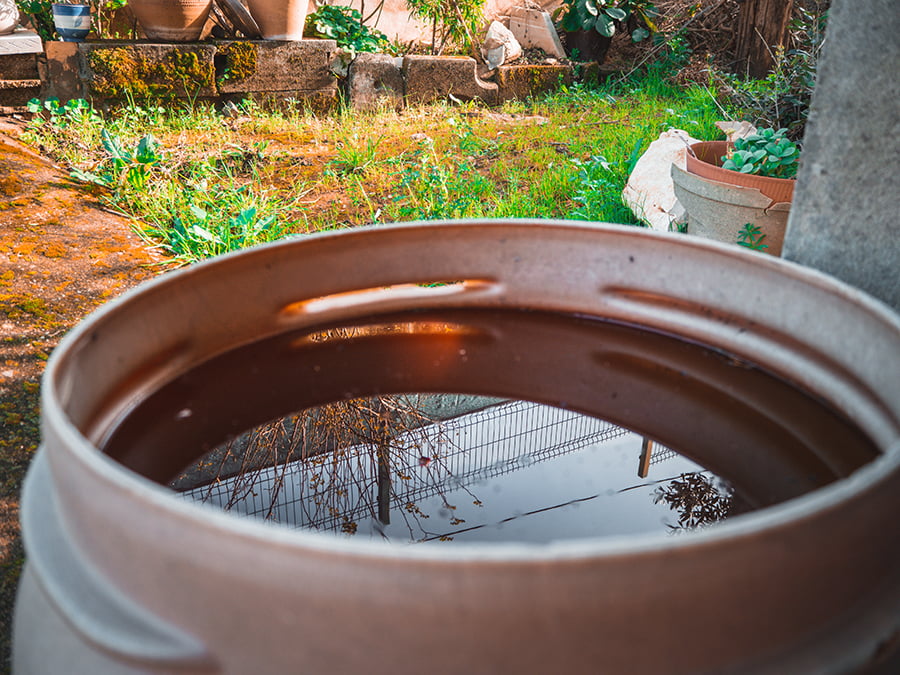
Rain barrels and cisterns are large containers that collect and store rainwater from your roof, which can then be used for watering plants or other outdoor activities. By collecting the water before it has a chance to run off into the ground, you can help reduce flooding and soil erosion in your yard.
Using stored rainwater instead of tap water helps conserve resources while also reducing your water bill. Installing a rain barrel or cistern is relatively simple; they come in many sizes and styles so you can find one that fits both your budget and aesthetic needs.
Build Berms or Retaining Walls
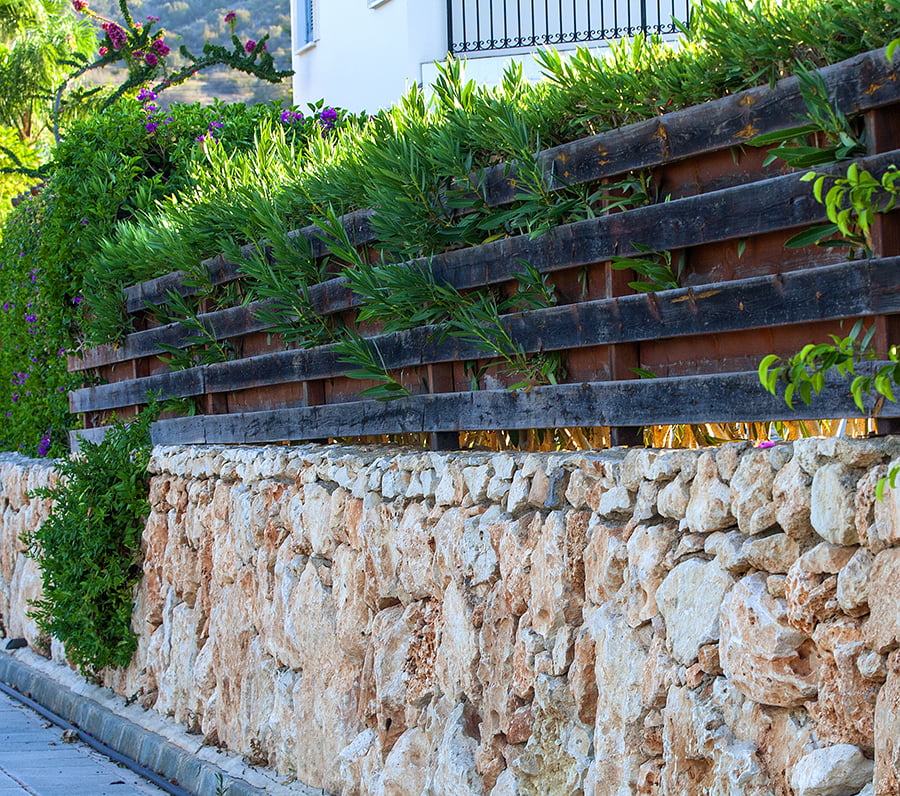
A berm is an elevated mound of soil that can be used to divert water away from areas where it may cause damage, such as near foundations or other structures. Retaining walls are built with materials like stone, brick, wood, or concrete and are designed to hold back soil and create a barrier between different levels of land.
Both berms and retaining walls can help redirect water away from problem areas in your yard while also providing aesthetic appeal. When building either type of structure, it’s important to consider the slope of the land so that the water will flow properly away from any potential problem areas.
You should ensure that there is adequate drainage behind the wall or berm so that excess water does not become trapped and cause further issues down the line.
